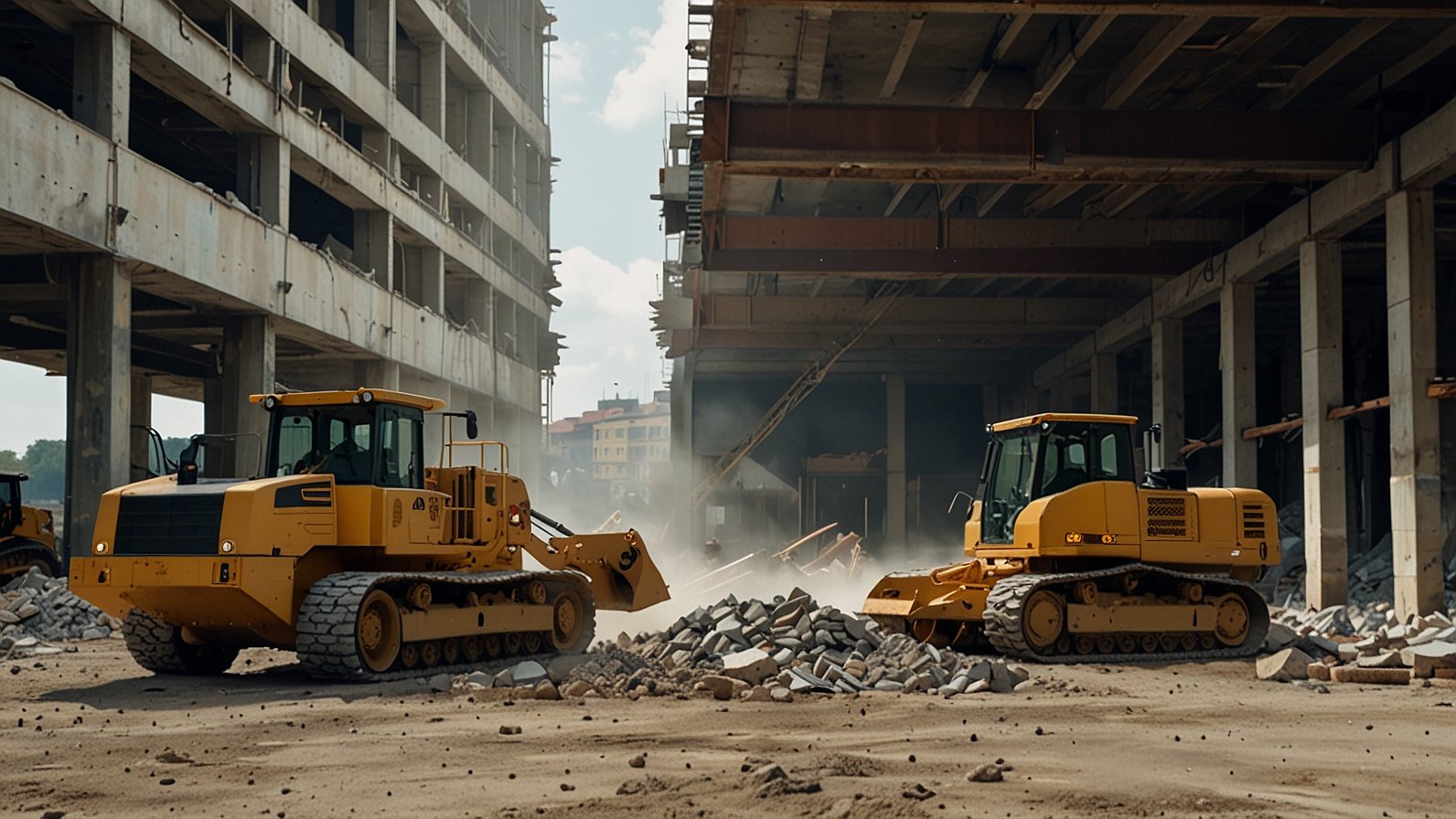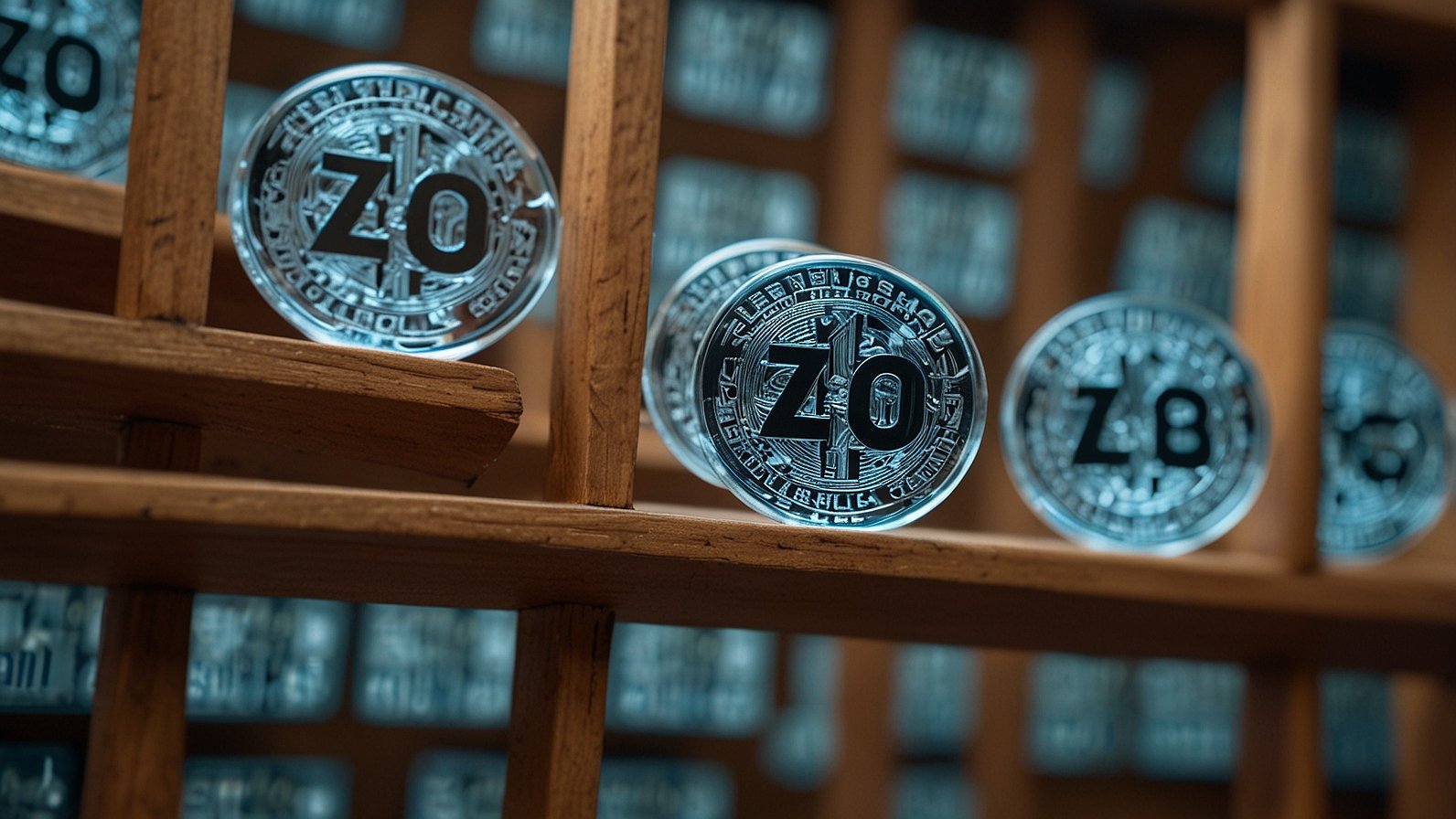Imagine watching a massive, outdated factory come down not in a chaotic explosion of dust and debris, but in a carefully choreographed dance of machinery and planning. Each piece is sorted, 95% of the material is recycled, and the site is left clean and ready for a new future. This isn’t magic; it’s the high-stakes world of professional demolition. And in Italy, if you want a piece of that action on public projects, you need a specific, non-negotiable key: the SOA OS23 attestation.
Think of public tenders as an exclusive party. The SOA OS23 is your engraved invitation. Without it, you’re left outside in the cold. This official certification is the Italian government’s way of ensuring that only companies with the proven technical know-how, financial stability, and organizational muscle can handle the complex and risky job of demolition and large-scale dismantling.
What Exactly is SOA OS23? Breaking Down the Bureaucracy
Let’s cut through the legal jargon. In simple terms, the SOA (Qualificazione dell’Organismo di Attestazione) is the qualifying body. It’s like a specialized university for construction companies. The OS23 is the specific “degree” or category you graduate with.
Officially, SOA OS23 is the attestation for “Demolition and complex dismantling of buildings and civil engineering structures, including all associated activities.” It’s not just about swinging a wrecking ball; it’s about managing the entire process from start to finish with precision and safety.
This certification isn’t a one-time registration. It’s a comprehensive evaluation of your entire company based on three core pillars:
- Technical Know-How: Do you have the qualified personnel, the right equipment, and a proven track record of managing similar projects?
- Financial Health: Is your company financially stable enough to see a large, long-term project through without going bankrupt halfway?
- Organizational Strength: Do you have robust systems for safety, quality control, waste management, and project management?
Getting your SOA OS23 is the public administration’s way of doing its homework on you, so they can trust you with multi-million euro projects.
Why Your Demolition Firm Can’t Ignore OS23
You might be a fantastic, skilled demolition team. But in the eyes of the Italian public sector, without that OS23 stamp of approval, you simply don’t exist for procurement purposes. Here’s why it’s absolutely critical.
The Golden Ticket to Public Tenders.
This is the most direct reason. Any public tender for demolition work—from tearing down an old school to dismantling an industrial plant—will explicitly require bidders to hold a valid SOA OS23 certification. Your bid will be declared inadmissible without it, no matter how low your price is.
A Competitive Advantage and a Trust Signal.
Holding an OS23 attestation isn’t just a legal hoop to jump through; it’s a powerful marketing tool. It signals to both public and private clients that your company is a serious, qualified, and reliable operator. It sets you apart from smaller, less-organized competitors. Think of it as the “premium badge” in the demolition industry.
Structured Growth.
The process of obtaining the certification forces a company to streamline its operations, document its procedures, and solidify its financial planning. This internal “health check” often leads to a stronger, more resilient, and more efficient business, ready to take on bigger challenges.
Let’s look at the pros and cons in a simple table:
| The Upside | The Downside |
|---|---|
| Access to Lucrative Public Contracts | The Process is Complex & Time-Consuming |
| Enhanced Credibility & Reputation | Requires Significant Documentation |
| Forces Internal Organizational Improvement | Ongoing Maintenance is Required (Renewals) |
| Levels the Playing Field Based on Merit | Upfront Costs for the Application Process |
Getting Certified: Your Roadmap to SOA OS23
So, you’re convinced. How do you get this golden ticket? The process is meticulous, but entirely manageable if you’re prepared.
- Self-Assessment & Gap Analysis. The first step is to look in the mirror. Compare your company’s current resources, personnel, and documented procedures against the official requirements for OS23. Identify your weak spots. Do you need more senior technical staff? Do you need to formalize your safety protocols?
- Gather Your Proof (The Dossier). This is the meat of the application. You’ll need to compile a comprehensive dossier that proves your worth. Key documents include:
- Curriculum Vitae of Key Personnel: Demonstrating the experience and qualifications of your technical director, site managers, and safety coordinator.
- List and Ownership Documents for Equipment: Proving you own (or have long-term leases for) the necessary machinery like excavators, shears, and crushers.
- Financial Statements: Typically the last 2-3 years, to prove economic and financial solidity.
- List of Major Projects Completed: Especially those similar to the OS23 category, with references and final acceptance certificates.
- Quality, Safety, and Environmental Management Manuals: Showing you have a system for managing projects safely and effectively.
- Choose Your SOA and Submit. You don’t apply to a generic government office. You submit your dossier to a specific SOA (like SOA Categoria OS23). These are private entities authorized by the government to issue certifications. Do your research to choose one that is reputable and efficient.
- The Evaluation and The Attestation. The SOA will review your dossier. They might ask for clarifications or additional documents. If everything is in order, they will issue your SOA OS23 attestation, which is valid for a specific period (usually a few years) before you need to renew it.
Common Pitfalls (And How to Avoid Them)
Many applications stumble on the same hurdles. Here’s how to sidestep them:
- Insufficient Reference Projects: Your past projects are your proof of life. Make sure you have a solid portfolio of relevant work, with all the proper completion certificates. If you’re a new company, this is your biggest challenge.
- Weak Safety Documentation: A generic safety plan won’t cut it. Your documentation must be detailed, specific to demolition risks (asbestos, structural collapses, dust), and demonstrably implemented.
- Financial Instability: The SOA needs to see that you’re a safe bet. If your financials show recent losses or weak liquidity, it can be a major red flag.
- Underestimating the Timeline: This isn’t a last-minute task. From preparation to certification, the process can take several months. Start early.
5 Quick Takeaways to Demolish the Competition
- Non-Negotiable: SOA OS23 is mandatory for public demolition tenders in Italy.
- More Than a Paper: It’s a holistic certification of your technical, financial, and organizational strength.
- Start Preparing Now: The process is document-heavy and time-consuming; don’t wait for a tender to appear.
- It’s a Marketing Tool: Use your certified status to win trust and stand out in both public and private markets.
- Seek Expert Help: Consider consulting with a professional who specializes in SOA applications to navigate the process smoothly.
Navigating the world of SOA certifications might seem as daunting as demolishing a skyscraper, but with the right preparation, it becomes a systematic and achievable project. The investment you make in obtaining your SOA OS23 today will open the door to a future of stable, high-value contracts and establish your firm as a leader in the field.
Now, we’d love to hear from you! Has your company been through the SOA process? What was the biggest challenge you faced, and what tip would you give to others just starting out?
You May Also Read: iamnobody89757: The Power of Anonymity in a Hyper-Transparent Digital World
FAQs
What does SOA OS23 stand for?
SOA stands for Organismo di Attestazione (Attestation Body). OS23 is the category code for “Demolition and complex dismantling of buildings and civil engineering structures.”
Is SOA OS23 only for public works?
While it is mandatory for public tenders, many private clients also require or prefer it as it guarantees the contractor’s reliability and technical capacity.
How long is the SOA OS23 valid for?
The validity period is set by the issuing SOA but is typically five years. You must begin the renewal process well before it expires to maintain your qualification.
Can a small company get SOA OS23?
Yes, a smaller company can qualify. The requirements are proportional to the class of works you apply for (e.g., a lower class for smaller value projects). The key is demonstrating you have the capacity for the specific class you’re targeting.
What’s the difference between OS23 and other SOA categories?
OS23 is specifically for demolition. Other categories, like OG1/OG2 for new construction or OS4 for restoration, cover completely different types of work. A company can hold multiple categories.
What happens if I work without an SOA OS23 on a public project?
It is illegal. Your company would face severe penalties, including fines, being banned from future public tenders, and immediate termination of the contract.
How much does it cost to get certified?
Costs vary depending on the SOA, the class you’re applying for, and whether you use external consultants. It includes fees for the SOA’s review and the potential cost of gathering documentation and expert advice.










